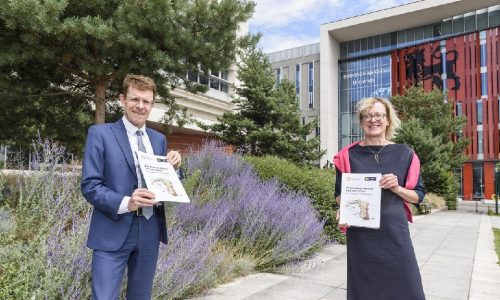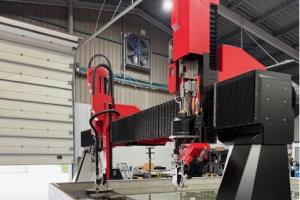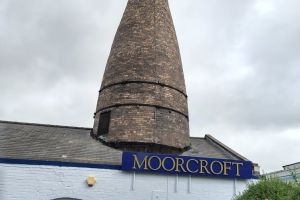Plans for national park move forward

Plans to create a West Midlands National Park have taken a step forward after the West Midlands Combined Authority (WMCA) signed a memorandum of understanding (MoU) with Birmingham City University.
The deal the WMCA’s backing for the national park, which is seen as a key component of a post-Covid green economic recovery. The park forms part of #WM2041, the West Midlands’ zero-carbon strategy, which was agreed by the WMCA board last month.
The plan for the national park includes the whole of the WMCA territory, stretching from headwaters of the Tame in the Black Country to the Blythe and Tame Valley in the East, from Wolverhampton, Walsall, Sandwell and Dudley, to Birmingham, with Solihull and Coventry in the south.
The idea for a West Midlands National Park (WMNP) came from Kathryn Moore, professor of landscape architecture at Birmingham City University.
She said: “It is tremendous to have an agreement between the WMCA and the BCU WMNP Lab. The West Midlands National Park is very different from a traditional national park. We are talking about a new kind of urban national park, one that brings the experience of national parks to urban populations rather than expecting people to travel to remote places.
“This is precisely what we need to have at the top of our political agenda in order to deal with climate change, to give plentiful access to quality green space and nature, provide cleaner air, water, soil and fresh food and create thriving self-sufficient communities post Covid-19.
“It will contribute towards the West Midlands having healthy places in which to live and work and becoming the best region to live in the UK because of the quality of the environment, quality of jobs and quality of education. Essentially the WMNP is an economic, social and environmental proposition that will bring many different strategies and ambitions together to transform the region.”
Andy Street, the Mayor of the West Midlands, said: “A new type of national park in the West Midlands is an ambitious idea that will preserve and enhance the environment of our region, whilst creating a better quality of life for our citizens.
“These plans not only support our work to recharge and rebuild the region in the wake of the coronavirus pandemic, but will also help achieve our ambitions for a greener, healthier and more inclusive region that tackles the climate emergency and reaches net zero carbon emissions by 2041.”
It is hoped that further details of the park will be finalised in the autumn with a programme plan agreed by the end of 2020.









